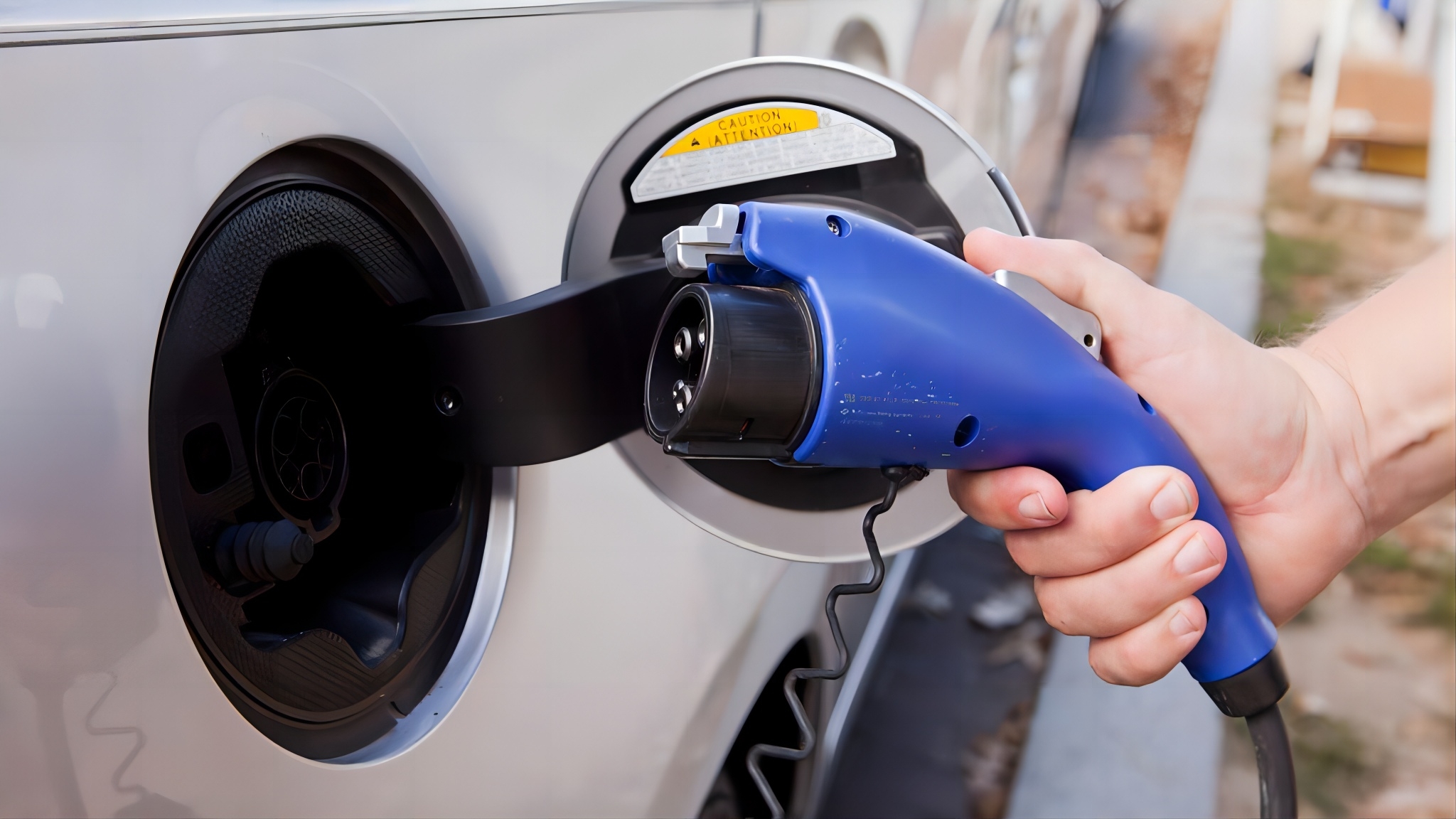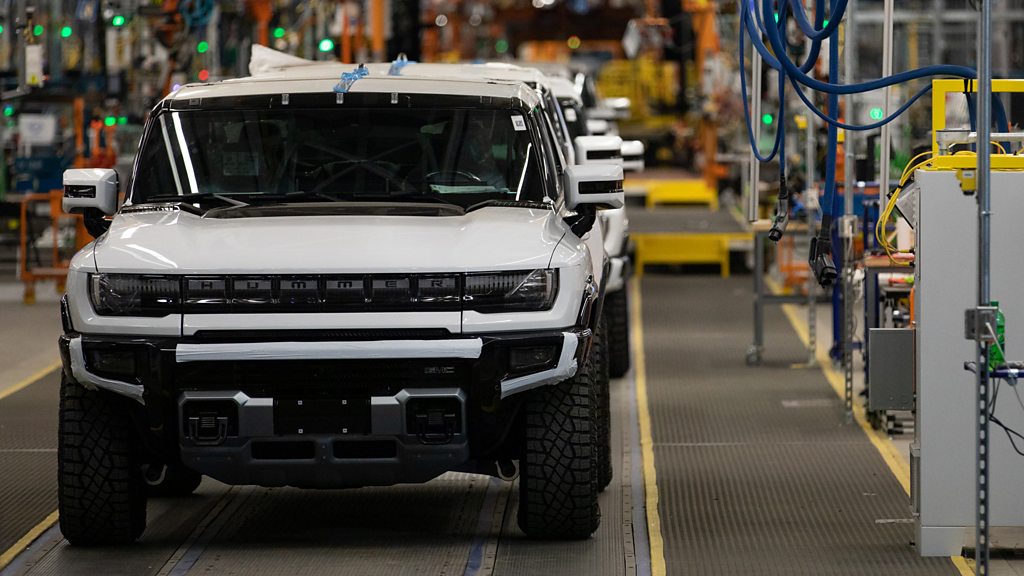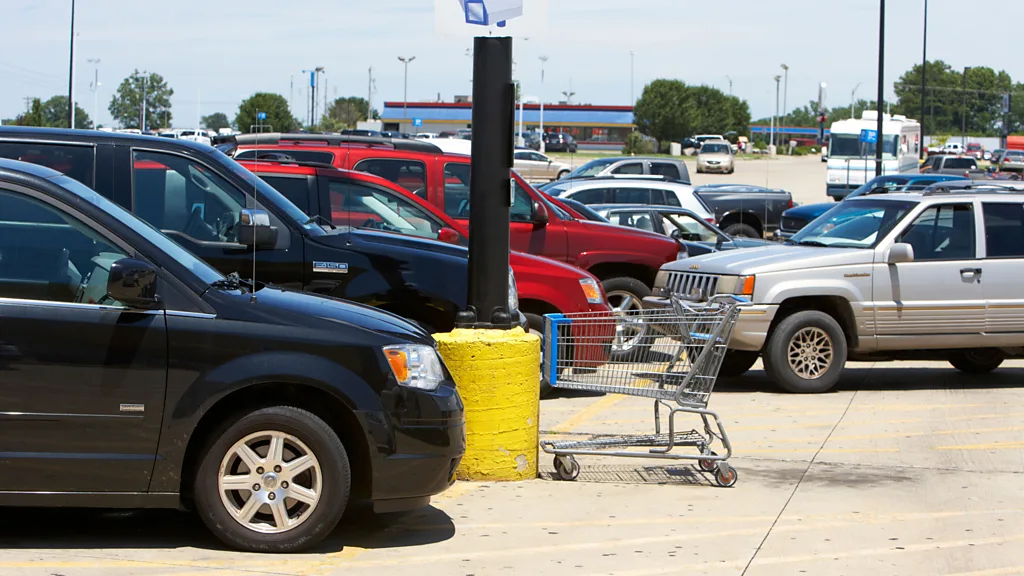
Americans have specific expectations for their cars. Do EVs need to evolve to meet their demands – or are consumers’ perceptions miscalibrated?
While electric vehicle sales in the United States are rising, demand has slowed. According to a July 2023 Pew Research Center survey, half of Americans say they’re unlikely to consider an EV, and 13% are sure they don’t want one. In fact, according to the report, the share of the public interested in purchasing an EV is down 4% from May 2022.
Analysts point to affordability issues and lack of confidence in charging infrastructure as the main drivers, but car manufacturers also face another challenge to convince consumers to ditch the combustion engine: US drivers don’t believe a new electric auto could be a wholesale replacement for their current car.
It’s not that Americans are opposed to EVs, per se – it’s rather that an overwhelming swath of consumers want EVs that can take them as far on a single charge as they can get on a tank of gas. And in a country where the top-selling vehicles are pickup trucks and large SUVs, buyers are less likely to downsize to go electric.
Right now, says Chris Hopson, a principal analyst at S&P Global Mobility, for most consumers switching to an EV would mean a change of lifestyle. It’s a switch many seem unwilling to make. “Beyond affordability, the next thing is, ‘I want my lifestyle not to change because of my vehicle’,” he says.
A demand for road-trip readiness
Driving range is among the biggest sticking points Americans cite for their EV-buying hesitancy: a May 2023 Bloomberg survey showed American drivers want their EV to go at least 300 miles (482km) on a single charge, and fewer than 10% would settle for a car that couldn’t go at least 200 miles (322km).
While EV range has more than doubled since the first vehicles were introduced over a decade ago, most have not hit that 300 miles benchmark. And even EVs that tout a possible range above 250 miles (402km) may not actually get that far in practice. Things like using heat or air conditioning, driving in rain or into a headwind, driving at higher speeds or sitting in stop-and-go traffic can all considerably reduce that range.

The fixation on mileage may be misplaced, however, given Americans don’t actually tend to go all that far when they get behind the wheel. A 2022 study from the US Bureau of Transportation Statistics showed more than half of all daily trips – by any mode of transportation – were fewer than 3 miles (4.8km). In fact, only 2% were longer than 50 miles (80.4km).
Perhaps the idea of the open road is too strong to compel drivers to settle: even if most travel is just around town, Americans want to know they could set out on an epic road trip if they wanted.
Hopson also points to lack of consumer confidence in charging. Charger infrastructure and dependability has lagged, and Hopson says Americans would rather know their vehicle can do several hundred miles at a time than risk being stranded.
“If you don’t have home charging,” he says, “there’s issues around road trips, and how to charge, where to charge or when to charge.” Buyers may simply be waiting, he says, “for the next generation of batteries that are all quick-charging”, or for charging infrastructure that guarantees a working charger at least every 200 miles or so.
A recent S&P analysis showed that among people who do make the switch to an EV, some feel considerable disappointment. The survey – which did not include the drivers of Telsas, which dominate the market – showed nearly half of households who own a non-Tesla EV decide to buy a gas-powered car next.
Bigger’s still better
On Car and Driver’s 2022 list of the best-selling vehicles in the United States, half of the top ten – including spots one and two – were large pick-up trucks. The popularity of trucks and large SUVs has remained steady in the United States, and EV options in those segments remain limited. The ones that have hit the market have come with some considerable drawbacks.

“They’ve created [some] electric vehicles and said, ‘you can do 350 miles in this, you can go off-roading, it’s as big a vehicle as you want and you can fit this many people in it’,” says Hopson. “The technology is a wonderment, but the engineering means the battery has to be this big, it has to weigh this much and the cost is this much. The reality is they’re just guzzling in a different way, from an energy perspective.”
The most noable example of this may be GM’s reissue of the Hummer, a large SUV that was discontinued in its combustion-engine iteration, in 2010. The new EV version, which claims a range up to 381 miles (613km), weighs nearly 10,000lbs (4,539kg). The battery alone weighs as much as an entire Toyota Corolla.
Between the lithium needed to power the battery and the energy grid use to charge it, non-profit research group American Council for an Energy-Efficient Economy found that the Hummer EV emits as much or more greenhouse gas as a standard-sized sedan.
While other larger EVs, like Ford’s F-150 Lightning electric pickup truck, showed early promise and popularity, sales have slowed to a crawl as consumers find that using an EV truck the way they use a gas or diesel-powered one – towing, for instance – can cut the truck’s range by a third or more.
Many Americans are simply waiting for a better EV option in the truck or vehicle category, or perhaps waiting for a certain manufacturer to release an EV version of a specific model, says Russell Hensley, co-lead of the Center for Future Mobility in the Americas at consulting firm McKinsey & Company. “You haven’t got the full suite of vehicle choice at this point,” he says. And in the meantime, a big “percentage are thinking, well, we’ll just take one more internal combustion engine before we pivot”.

A wave of change on the horizon
Whether or not cars that check Americans’ boxes eventually enter the market, adoption will eventually rise, says Hensley, and EVs will take over. The wave of change is coming, he says, and generational differences when it comes to embracing that wave are unignorable.
In a recent McKinsey and Co survey, millennials – respondents between the ages of 25 and 40 – said they were three times as likely as Baby Boomers (people older than 56) to switch car brands for something that offered better connectivity, and seven-times as likely to switch for better autonomous driving features.
Essentially, says Hensley, the results speak to Baby Boomers’ resistance to change, and unwillingness to let brand new technology alter their lifestyle, especially compared to younger people. “I think there is a fundamental difference there just in terms of expectations out of a vehicle,” he says.
Younger consumers, on the other hand, are more open to a paradigm shift in the way they think about driving. In other words, they might not expect an EV to do everything a gas-powered car can do. They might be open, instead, to shaping their lives around the tech, rather than expecting the tech to fit their existing lifestyle.
“Right now, the people who can most easily go out and buy an EV,” says Hensley, referring to the Baby Boomers, who currently control 70% of the disposable income in the US, “are the ones with the least willingness to change”.
Of course, that won’t always be the case. As the buying power of millennials and younger generations grows, EV market share will too, he says. The big unanswered question, he adds, is whether it’s really the cars that need to evolve in the meantime, or Americans’ expectations.
“Let’s say you get to the point where you can have all the attributes that you’ve had historically with an internal combustion engine,” he says. “The question becomes more whether you actually need them, or whether you begin to change your behaviour.”